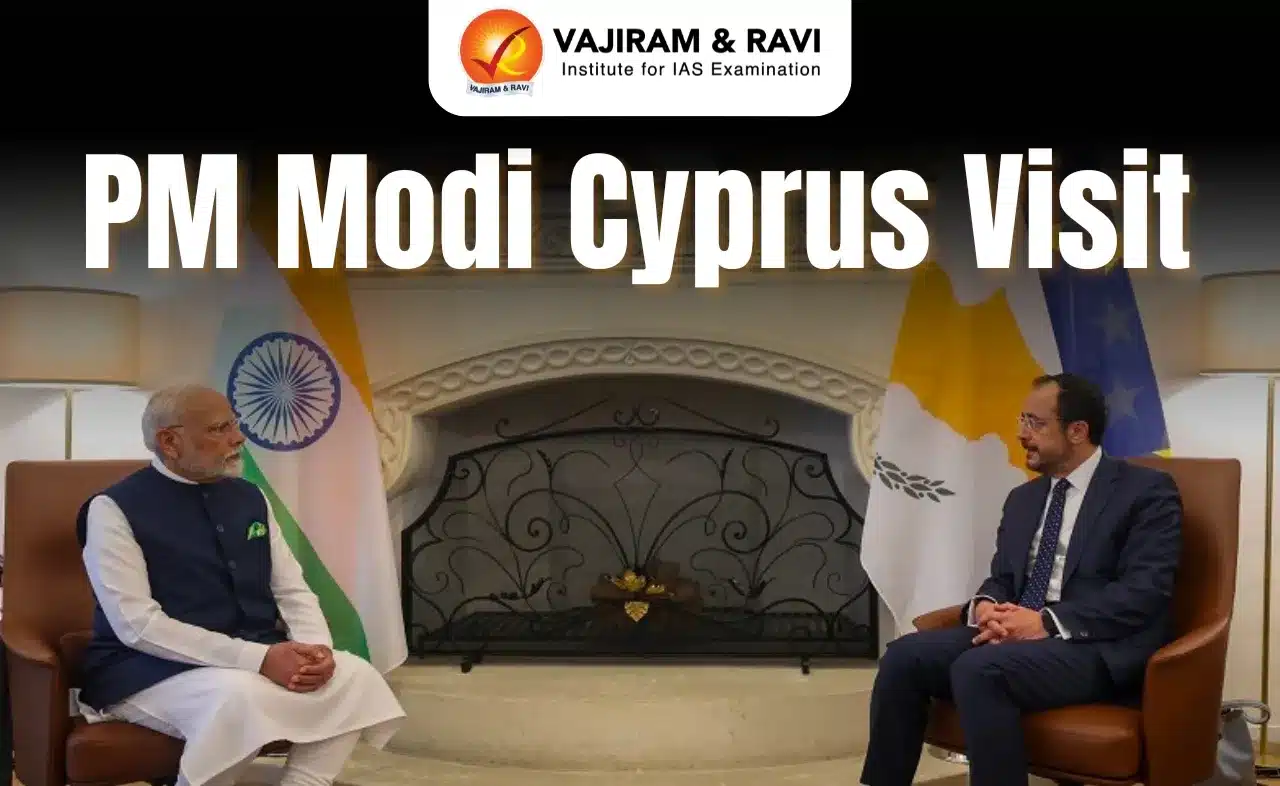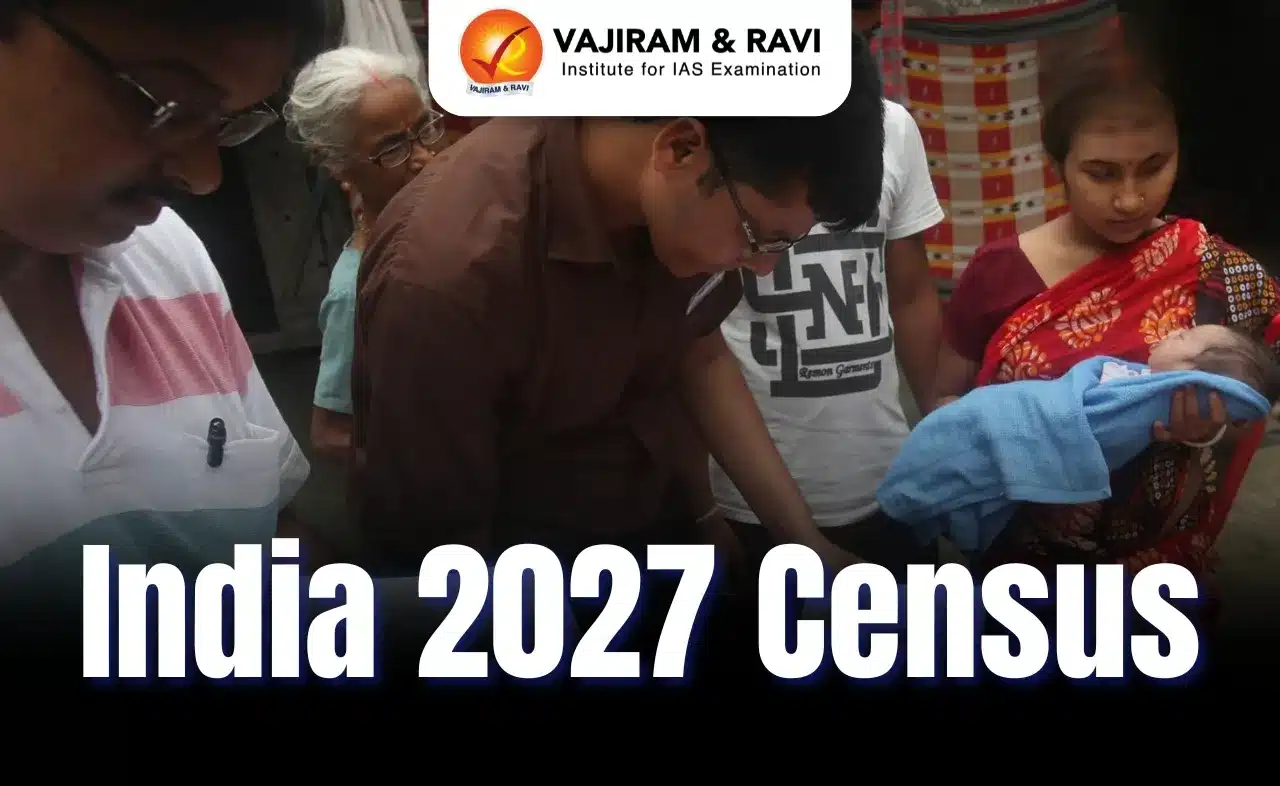What’s in today’s article?
- What is LFPR?
- Paper Released by EAC-PM
- Key Findings
- Government Initiatives Supporting Women’s Employment
- Criticism
- Conclusion
What is LFPR?
- According to the CMIE, the labour force consists of persons who are of age 15 years or older, and belong to either of the following two categories:
- Employed
- Unemployed and are willing to work and are actively looking for a job
- There is a crucial commonality between the two categories — they both have people “demanding” jobs. This demand is what Labour Force Participation Rate (LFPR) refers to.
- While those in category 1 succeed in getting a job, those in category 2 fail to do so.
- Essentially, LFPR is the number of people ages 15 and older who are employed or actively seeking employment, divided by the total non-institutionalized, civilian working-age population.
- LFPR represents the demand for jobs in an economy.
- On the other hand, Unemployment Rate (UER), which is routinely quoted in the news, is nothing but the number of unemployed (category 2) as a proportion of the labour force.
Paper Released by EAC-PM
- The female Labour Force Participation Rate (LFPR) in India has shown remarkable improvement between 2017-18 and 2022-23, with rural areas witnessing larger gains than urban areas.
- According to a working paper released by the Economic Advisory Council to the Prime Minister (EAC-PM), this trend highlights the growing involvement of women in the workforce, though regional disparities persist.
Key Findings
- National Trends:
- Rural LFPR: Increased from 24.6% in 2017-18 to 41.5% in 2022-23, marking a 69% growth.
- Urban LFPR: Rose from 20.4% to 25.4% during the same period.
- The increase remains consistent even after excluding unpaid family workers, suggesting a genuine rise in women entering the workforce.
- Regional Disparities:
- States like Bihar, Punjab, and Haryana have consistently reported low female LFPR despite their contrasting economic statuses (Bihar being the poorest and Punjab and Haryana among the richest states).
- North-eastern States: Rural areas, especially in Nagaland and Arunachal Pradesh, have seen significant improvements in LFPR.
- Eastern States: Rural Bihar had the lowest LFPR but showed notable progress in recent years, particularly among married women.
- Demographic Insights:
- Marital Status: Married women exhibit significantly lower LFPR compared to men, particularly in urban areas. For men, LFPR remains consistently high across age groups.
- Age Distribution: Female LFPR peaks between ages 30-40 and declines sharply thereafter, forming a bell-shaped curve. In contrast, male LFPR remains high (nearly 100%) for ages 30-50 and declines gradually.
Government Initiatives Supporting Women’s Employment
- The report highlights several government schemes aimed at empowering women and boosting female LFPR:
- Mudra Loans: Provides financial assistance to women entrepreneurs.
- Drone Didi Scheme: Focuses on skill development for women in emerging technologies like drones.
- Deendayal Antyodaya Yojana: Promotes women-led development through self-help groups.
- While the initiatives have played a role in supporting women’s participation in the workforce, the paper calls for more rigorous research to evaluate their long-term impact.
Criticism
- Critics have pointed out that much of the increase in female LFPR has been attributed to unpaid family work.
- However, the paper counters this by emphasizing that the overall trend remains positive even when unpaid work is excluded.
- The study also notes the need for future research to assess how government schemes have influenced this rise.
Conclusion
- The rise in female LFPR between 2017-18 and 2022-23 marks a significant shift in women’s employment in India, particularly in rural areas.
- However, challenges like regional disparities, lower participation among married women, and the need for sustainable, paid employment opportunities persist.
- Policymakers must focus on targeted interventions and better implementation of women-centric schemes to ensure sustained growth in female workforce participation.
Q1. What is Disguised Unemployment?
Disguised unemployment occurs when part of the labour force is either left without jobs or operates redundantly, such that the productivity of the workforce is effectively zero. It is unemployment which has no impact on aggregate production.
Q2. What is Structural Unemployment?
Structural unemployment is a form of involuntary unemployment caused by a mismatch between the skills that workers in the economy can offer, and the skills demanded of workers by employers. Structural unemployment is often brought about by technological changes that make the job skills of many workers obsolete.
News: Female labour force participation rate rose during 2017-18 to 2022-23
Last updated on June, 2025
→ UPSC Notification 2025 was released on 22nd January 2025.
→ UPSC Prelims Result 2025 is out now for the CSE held on 25 May 2025.
→ UPSC Prelims Question Paper 2025 and Unofficial Prelims Answer Key 2025 are available now.
→ UPSC Calendar 2026 is released on 15th May, 2025.
→ The UPSC Vacancy 2025 were released 1129, out of which 979 were for UPSC CSE and remaining 150 are for UPSC IFoS.
→ UPSC Mains 2025 will be conducted on 22nd August 2025.
→ UPSC Prelims 2026 will be conducted on 24th May, 2026 & UPSC Mains 2026 will be conducted on 21st August 2026.
→ The UPSC Selection Process is of 3 stages-Prelims, Mains and Interview.
→ UPSC Result 2024 is released with latest UPSC Marksheet 2024. Check Now!
→ UPSC Toppers List 2024 is released now. Shakti Dubey is UPSC AIR 1 2024 Topper.
→ Also check Best IAS Coaching in Delhi
























